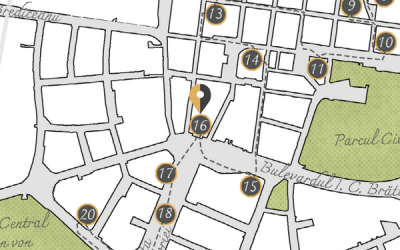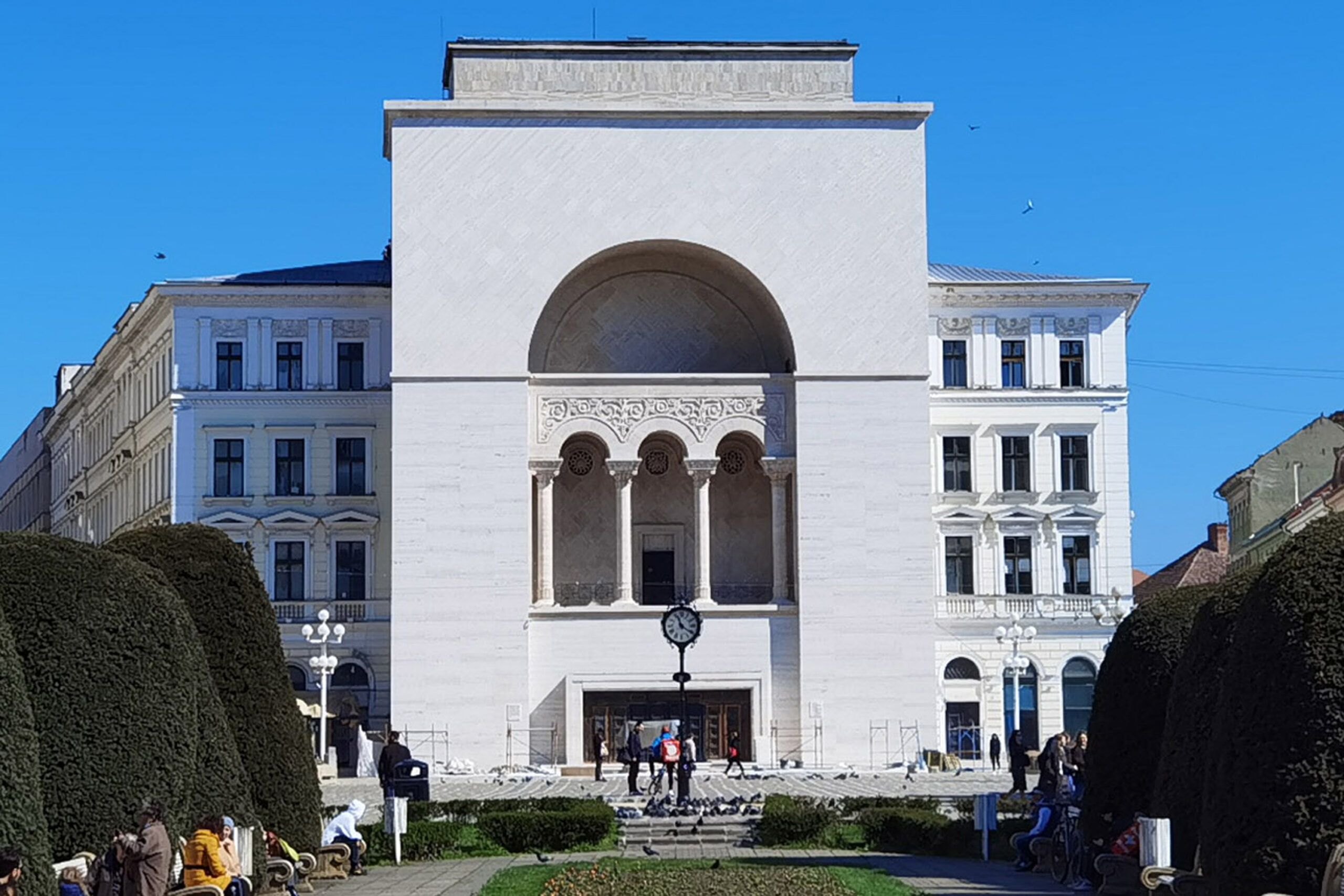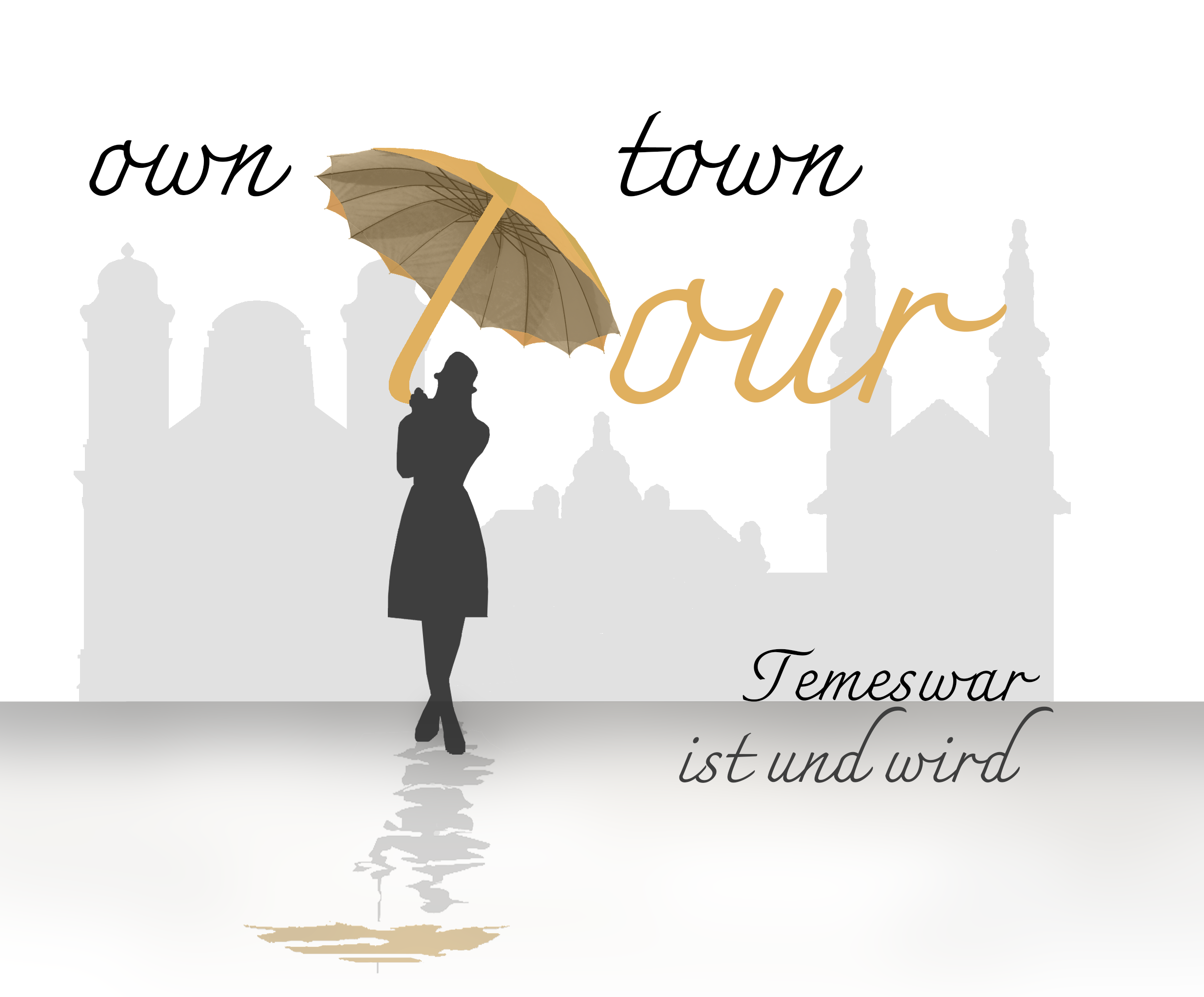National Opera House
Str. Mărășești, 2
1871 – 1875
Public buildings


The Backdrop of a Revolution
The façade of the Timisoara Opera House, which resembles a triumphal arch, became the symbol of the revolutionary events that spread from Timisoara to the rest of the country sparking a popular uprising in December 1989 which ultimately led to the overthrow of the communist regime in Romania.
A huge crowd had gathered in the square in front of the building, risking their lives by uniformly demanding freedom. The Opera House served as a meeting place for the leaders of the revolution, and the balcony provided a stage for their speeches. The images that circulated around the world, made the Opera House a symbol of newly won freedom.
The theatre building is originally the work of the Viennese architects Fellner and Helmer, who created a European style social centre for the Timisoaran citizens in 1871.
As in most of the 50 European cities where Helmer and Fellner had built their theatre buildings, the baroque city fortifications in Timisoara had also been for the most part removed. This then contributed to and resulted in rapid growth with representative buildings on the edge of the old town
.
The Opera House was built in three major phases, the last two of which took place after it had been destroyed by fire.
The trapezoidal floor plan originally united the three uses of theatre, hotel, and grand ballroom. The theatre rooms were located in the centre, and the hotel and grand ballroom were located in the side wing, facing today’s Alba Iulia Street
.
In 1880, a fire destroyed the theatre while the hotel was largely saved. Just two years later, after reconstruction, the theater reopened. After the First World War, in 1920, the theatre caught fire again. This time the interior was destroyed, but the façade was not affected. Fortunately, the hotel and ballroom were also saved.
The third construction phase of the building bears the signature of the new state of Romania, to which Timisoara now belonged. Although construction had already begun in the mid-1920s, the Timisoara Opera House only received its new look, a façade in neo-Byzantine style, in 1935. For this purpose, a travertine façade was superimposed on Fellner and Helmer’s historic façade.
Today, there are four independent performance halls under one roof in the same building: the Romanian State Opera, the Romanian National Theatre “Mihai Eminescu”, the Hungarian State Theatre “Csiky Gergely” and the “German State Theatre Timisoara”. A visit to the wide range of cultural offerings of the four venues is eminently worthwhile. Language barriers are of secondary importance, as there are subtitles for many performances. This makes the Timisoara Opera House not only a landmark for freedom, but also for diversity and uniqueness as a cultural centre in Europe.
Tour sights
- 1. Theresia Bastion
- 2. Lutheran Church
- 3. Union Square
- 4. Saint George’s Cathedral
- 5. Serbian Orthodox Cathedral
- 6. Miksa (Max) Steiner Palace
- 7. Brück House
- 8. Dicasterial Palace
- 9. Klapka Library
- 10. The “Guild Tree”
- 11. St. George's Square
- 12. Prince Eugene House
- 13. Citadel Synagogue
- 14. Liberty Square
- 15. Huniade Castle
- 16. National Opera House
- 17. Victory Square
- 18. Corso
- 19. Orthodox Cathedral
- 20. Piarist Ensemble
- 21. Reformed Church
- 22. Doja Street
- 23. Journey through Time
- 24. Rose Garden

